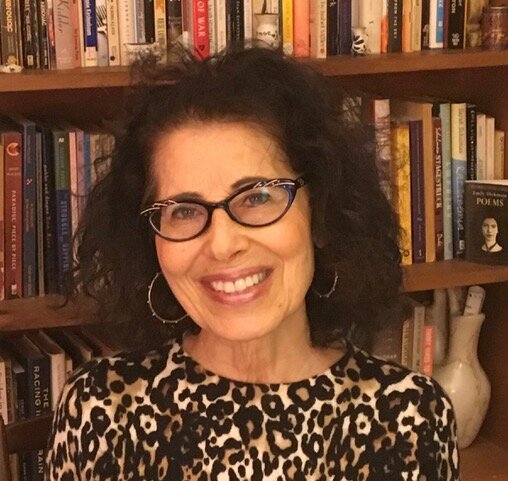Interview with Lesléa Newman, Author of “Heather Has Two Mommies”
What inspired you to write Heather Has Two Mommies?
A lesbian mom whom I knew stopped me on the street and said, “I don’t have a book to read to my daughter that shows a family like ours. Somebody should write one.” And I knew by “somebody” she meant me!
When the book was first published in 1989, how was it received?
A friend who was a lesbian mom of a one-year-old at the time (not the same mother mentioned above) and I co-published the book on our own because no one would touch it. We sent out fund-raising letters and raised enough money for a print run of 4,000 copies. Lesbian moms were thrilled. Some other people were less-than-thrilled. They were downright hostile, calling me all sorts of names. They stole the book from libraries, or returned it with its pages glued shut. Kids never had a problem with the book. A kid with two moms said, “Thank you for writing Heather Has Two Mommies. I know that you wrote it just for me.” A kid with a mom and dad said, “How come I can’t have two moms? That’s not fair!” Babies don’t come into the world with a preconceived notion of what makes a family. Kids know that the people in their family are the people who love them and take care of them. That’s what’s important.
Can you tell me a little bit more about how Heather Has Two Mommies ended up in the Congressional Record?
My understanding is that in August 1994, Senator Bob Smith of New Hampshire and Senator Jesse Helms of North Carolina introduced a bill that would stop federal aid to school districts that “carry out a program or activity that has either the purpose or effect of encouraging or supporting homosexuality as a positive lifestyle alternative.” As part of their presentation, they read an excerpt of Heather Has Two Mommies into the congressional record.
How has the reception of Heather Has Two Mommies and your other LGBTQ-inclusive books changed over time?
The books are more well received these days. When Heather Has Two Mommies was reissued by Candlewick Press in 2015, I did not hear of any controversies (which doesn’t mean that there weren’t any). Sparkle Boy has received some flak in the context of being read as part of some Drag Queen Story Hours. But these instances seem few and far between and are nothing compared to the maelstrom of the 1980’s and 1990’s when Heather Has Two Mommies was being challenged from coast to coast. According to the American Library Association, Heather Has Two Mommies was the 9th most challenged book in the country from 1990-1999.
Can you talk about the changes you made to Heather Has Two Mommies when you released the latest edition?
I shortened the text a great deal, which in hindsight (25 years later!) I can see was much too long. The most important change I made happens in the scene where Heather’s teacher reads a book to the children about a child whose father is a veterinarian. Some of Heather’s classmates start talking about their dads. In the original version, Heather wonders if she’s the only child in her class without a father:
"I don’t have a daddy,” Heather says. She’d never thought about it before. Did everyone except Heather have a daddy? Heather’s forehead crinkles up and she begins to cry.
When rewriting the book, I realized that this is nothing for Heather to cry about. She has a very loving home with two parents who adore her. So in the new version of the book, she isn’t sad or upset. She’s merely curious:
“I don’t have a daddy," Heather says. She looks around the circle and wonders, Am I the only one here who doesn’t have a daddy?”
What book of yours are you most proud of writing and why?
I am proud of all my books It’s hard to pick a favorite. Each book I’ve written has a special place in my heart.
What kind of representation, LGBTQ or other, do you wish to see more of in children's books?
I would love to see more People of Color in children’s books, including People of Color from the LGBTQ+ community. And I would love to see more transgender characters. And people with different abilities and body types. And people of different ages, backgrounds, cultures, and religions. The world is so rich and varied. Children’s literature needs to reflect that.
Explore More
June 15, 2021


